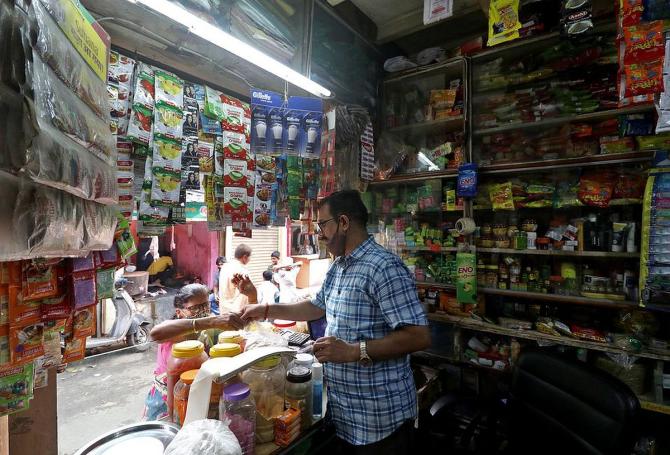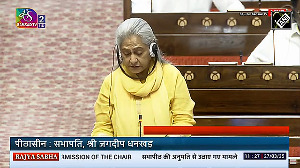India’s fast-moving consumer goods (FMCG) sector grew 5.7 per cent by value and 4.1 per cent by volume in the July-September quarter driven by rural demand, consumer intelligence firm NielsenIQ said in its quarterly update on Thursday.

Price-led growth stood at 1.5 per cent.
According to NielsenIQ data, rural volume growth outpaced urban markets for the third straight quarter despite consumption softening in both regions.
Infact, rural demand grew twice as fast as urban demand during this period.
Urban demand came in at 2.8 per cent while rural demand grew 6 per cent from 5.2 per cent in the April-June quarter.
“Traditional trade volumes grew by 4.1 per cent in Q3 2024 (July-September), compared to 3.0 per cent (April-June) in Q2 2024.
"Despite the slowdown, modern trade manages to outpace urban growth,” said NielsenIQ.
The uptick in volume growth is largely attributed to staple categories as edible oils, packaged atta, and spices despite price rise.
“The Indian FMCG industry shows resilience with steady value growth and marginal price increase. Rural volume growth at 6 per cent continues to surpass urban markets, despite softer consumption in both regions this quarter," said Roosevelt D’Souza, head of commercial – India at NielsenIQ, in a press statement.
"Small manufacturers are rebounding after a recent decline, while major players trail in value growth,” D’Souza elaborated.
Rohit Jawa, managing director and chief executive officer of Hindustan Unilever Ltd (HUL), said in the company’s earnings release earlier:
“In the September quarter, FMCG demand witnessed moderating growth in urban markets while rural demand continued to recover gradually.
"In this context, we delivered a competitive and profitable performance.”
Hindustan Unilever, the maker of Lux soaps, said crude palm oil prices have increased and the company will make calibrated price increases in order to pass on increased commodity costs to consumers.
“In big cities, there is a trending down of growth, and I include all channels in all segments.
"Let's not forget that the urban economy has been driving the engine of the FMCG industry for the last several quarters.
"We are operating a high base and some normalisation is probably to be expected,” Jawa had said.
Tata Consumer Products told investors in its conference call with analysts that urban demand has softened.
The company’s managing director and chief executive officer, Sunil D’Souza said that demand in urban areas has softened.
He said, “I think we are probably underestimating the stress on the consumer in terms of the food inflation.”
Marico’s managing director and chief executive officer, Saugata Gupta told investors, “Among the middle and the lower middle-class in urban areas, food inflation and the overall muted sentiment has affected consumption.”
Consumption of packaged food items in rural and urban India increased to 3.4 per cent in July-September compared to 2.1 per cent in the quarter ended June though the prices of edible oils, packaged atta (wheat flour) and spices increased.
Consumption growth of household products in both regions was stable at 6 per cent compared to 6.7 per cent in April-June.
“Large players continue to demonstrate stronger performance compared to small, mid players, and giants.
"Small manufacturers recovered from the consumption decline of the last three quarters and grew faster than giants led by a sharp recovery in volume growth in food for small players. Giants grow the slowest in terms of value growth,” NielsenIQ added.












 © 2025
© 2025